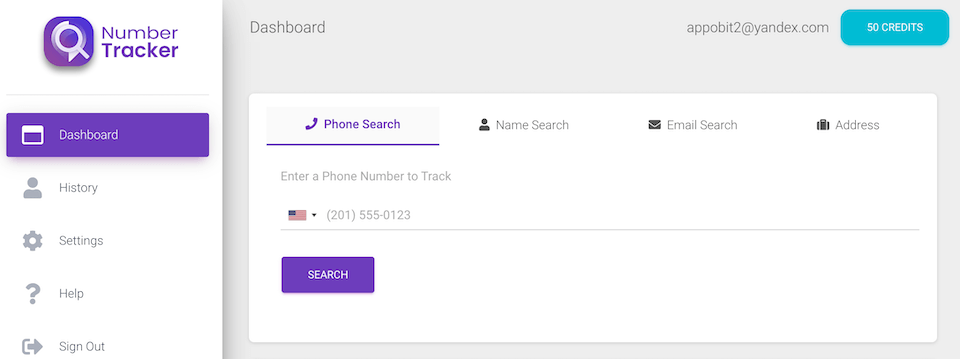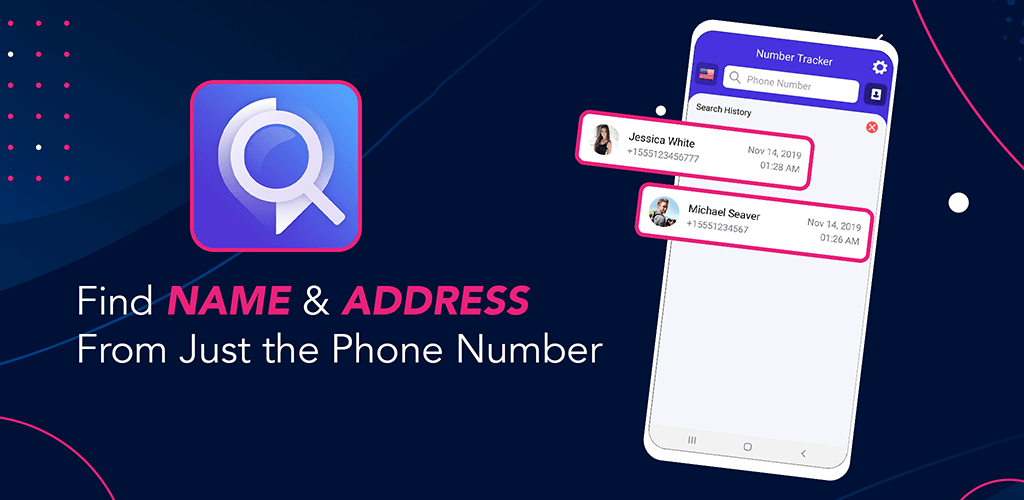How can you protect yourself from scammers using a VoIP number?
Have you ever wondered what a VoIP number is? If you get a lot of scam calls, you are probably getting familiar with this term, but what is it and why do scammers use it so much?
VoIP stands for Voice over Internet Protocol, and it’s like a phone, but it uses the internet for making and receiving calls. It’s a viable alternative to having a connection with your local telephone company, and it gets rid of the need for copper wires or a phone contract. You can use it on your computer or on any mobile device.
Scammers generally like to use VoIPs because they make it easy to hide your location and your real number. It’s also almost free to make VoIP calls, once you have paid for your internet connection. Furthermore, it’s easy for them to spoof the caller ID, so they can look like they are calling from a local area – making people more likely to pick up.
That leaves many people vulnerable to attack, but there are things you can do to trace the owner of a VoIP number, like using Number Tracker Pro and phone lookup services, such as CocoLookup and TruthFinder.
With that in mind, we’re going to check out some of these strategies, and the reverse phone lookup app, Number Tracker Pro.
What Is “Number Tracker Pro” And How Does It Work?


Number Tracker Pro is an app designed to help users locate and track the origins of the phone number making the call. They can do this no matter what operator the phone is linked to, and this works by sending a link to the phone. When the person with the phone opens the link, its current location is sent to the app, allowing you to trace the number’s location.
Number Tracker Pro provides you with CNAME details of your source, and these can be challenging to fake. CNAME in phone numbers refers to Caller Name (CNAM) records, which are used by phone carriers to identify the name of the caller and display it on the recipient’s phone.
The CNAM record is stored in a database and linked to the phone number, so when the call is made, the name associated with the number is displayed on the recipient’s phone. For example, if you have stored your name as “John Doe” in the CNAM record for your phone number when you call someone, your name will be displayed as “John Doe” on their phone. This is useful for identifying who is calling, especially if the recipient does not have your number saved in their contacts.
CNAME details are challenging to fake, and finding out the CNAME of the source can help you to identify who is calling even if they are trying to hide it. This will let you trace a VoIP number more effectively.
Methods For Tracing The Owner Of A VoIP Number


A particularly effective way for looking up the owner of a VoIP number is using a reverse phone lookup. This tends to be easy and quick, so it’s an option that a lot of individuals use, and it can help you if you’re struggling.
With most of these tools, the only thing you need to do is type in the number that called you, and click “search.” The service will trawl through the database looking for an exact match for that number, and if it finds one, it will tell you the name and address of the person who made the call.
Of course, this doesn’t always work; the information may not be in the database, in which case you won’t get an answer. However, it’s still worth trying, because in many cases, you will get what you need from this.
There are lots of services that can do this for you, and it may be worth trying a few different options. Some good ones include:
- CocoLookup
- Intelius
- Instant Checkmate
- BeenVerified
- Spokeo
- US Search
How these work will vary depending on the information that they have access to. Some use public records databases, while others may have their own databases. There’s usually a small fee for the search, so be aware of this when you start looking.
If that doesn’t appeal to you, you can also use social media and search engines to look up a phone number. Some social media programs will let you search for a phone number, and this can be an option for figuring out who’s calling you.
Alternatively, just entering the phone number into a reputable search engine can be a way to get more information. You can try variations of the number, adding the area code, including dashes, adding or removing brackets, etc.
There are lots of online databases that log numbers and tell you who they belong to, so this may give you some additional information. Of course, there’s no guarantee that this information is accurate, so it’s a good idea to do further research before assuming that it is accurate.
One of the biggest concerns, when you get a call from an unknown number, is that it’s likely to be a scam. It’s always important to treat numbers that you aren’t familiar with as scams and to be extremely wary if you haven’t verified who is on the other end of the line.
Remember too that even if the number looks familiar, it can easily be spoofed using a VoIP service. Be wary of any incoming call, and always check who you are talking to before you give away any personal information – even if the information seems harmless. Let’s look at this in more detail.
How To Protect Yourself From VoIP Phone Scams


In today’s world, being able to avoid phone scams is of critical importance. The rate of scam calls is constantly climbing, and they are also becoming increasingly sophisticated.
The best way to protect yourself from a VoIP phone scam is to avoid ever giving out personal information when somebody calls you unexpectedly – no matter who they claim to be. If you believe they are a legitimate business, offer to call them back instead.
You can then go and research their number on their website or another reputable source, and phone them directly. You can then be sure that you are speaking with the right person, and that your information is secure.
If the person on the phone offers to tell you the number, decline; they may give you a false number, and you will then be at risk of scams again.
However, personal information isn’t the only thing that scammers may be seeking when they make these calls (although it is among the commonest things). In some cases, they will be attempting to introduce malware onto your computer or mobile device by pretending that they are tech support, reaching out to fix a problem.
You should therefore avoid following instructions that tell you to go to a website, download software, or follow a link somewhere unless you have asked for assistance and you know what problem is being fixed. Tech support people do not make unsolicited calls, so you should be very wary if something like this occurs.
Other calls may pretend to be from a friend or a relative, often in trouble, asking for money. Remember that calling numbers can be spoofed to look like local numbers, which can make these scams more believable.
This sort of scam can be hard to detect, so being aware of it as a possibility is important. If you are unsure about a call you have got and whether it is really for a family member, consider what question you might be able to ask to identify the family member.
You should also look out for discrepancies in what the person on the other end of the line says or does. For example, if they call you by a different name from normal, or if they refer to something that sounds strange to you, you should treat them with additional caution.
You may also want to install a call-blocking app on your phone. This can reduce the number of scams that you get on your phone, filtering some out and reducing the work you need to do on your end.
If you do get a call from an unsolicited number, it’s best to avoid interacting, even if you think you can avoid giving out personal details. Simply hang up the call. Scammers are less likely to keep trying if they never get any benefit from it.
Conclusion
It’s very critical to protect yourself from VoIP phone scams, as these can be among the trickiest to detect, especially if they make the number appear like a local area number or similar to the number of one of your friends.
Finding out who owns a VoIP number can be very tricky, but it’s always worth trying. Number Tracker Pro will help you find the CNAME of a VoIP number, which is hard for scammers to spoof and means you are more likely to get an idea of who the real caller is.
Using this app and being careful about the kinds of information you give out is crucial for protecting yourself from scam calls of all kinds, including those that come from VoIP numbers.